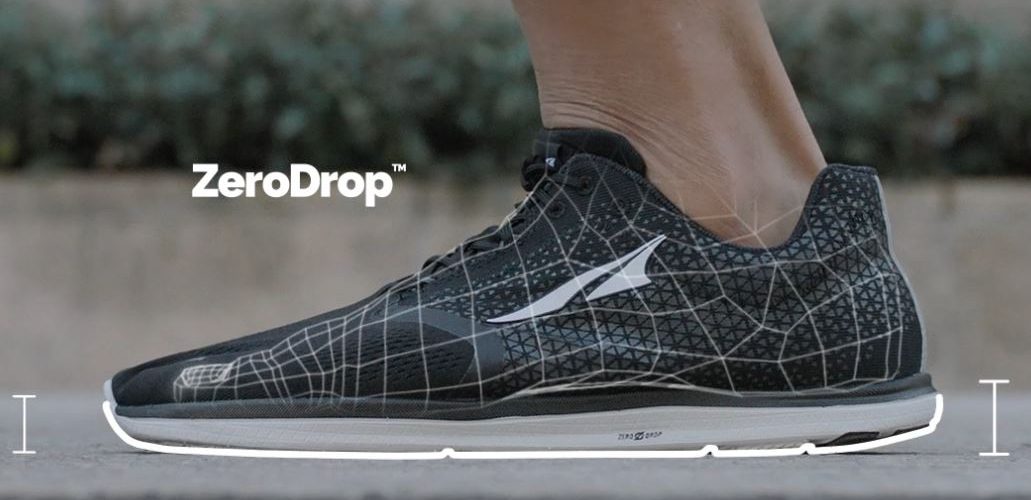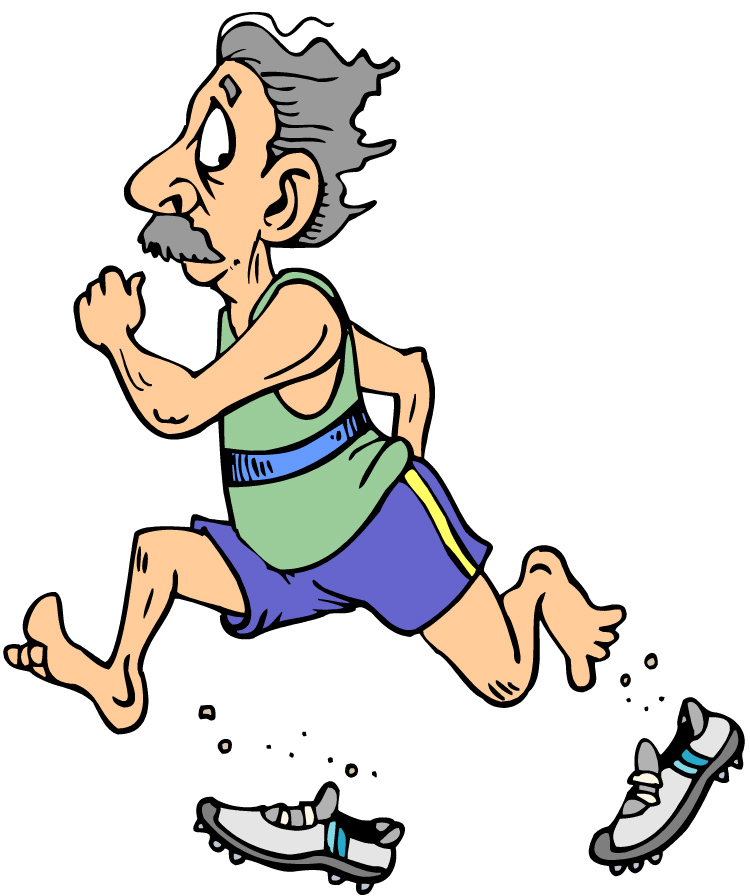The “drop” of a running shoe is the stack height under the heel compared with he stack height under the forefoot. In traditional running shoes the heel was 10 or so mm higher than the forefoot diving them of drop of 10 mm. Was came out of the recent barefoot and minimalist fad was an unhealthy focus on the drop of the running shoe with a zero drop considered to be more natural (its not). A lot of height and debate went into what is the ideal health with there not being much research in the beginning. There is more research on drop now.
What was missing from the debate that a zero drop running shoe that was fanatically promoted is not zero drop, as at heel strike, the compression of the midsole material meant that the shoe was really a negative drop, which surely can not be natural or healthy.
What is the ideal drop for a running shoe?
There isn’t one. The research shows the subject specific response of runners to different stack heights or drops. Each runner appears to have their individual drop that is more suitable for them and there is not one specific generic ideal drop. Each runner seems to have a ‘sweet spot’ that suits them best. It may take a bit of trial and error to find which one is ideal for which runner.
Image credit: the image above is taken from the Altra website. Altra running shoes are probably the best known zero drop running shoes.

